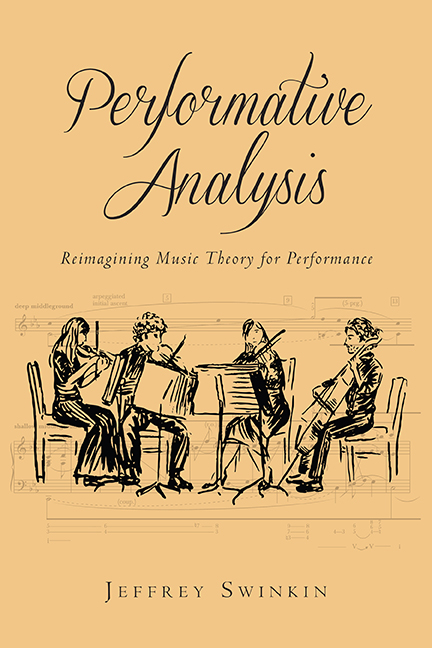Summary
An Analytical Teaser
Jeff's inner monologue as he practices Beethoven, Piano Sonata in E, op. 14, no. 1, second movement [see ex. I.1]
Example I.1. Beethoven, Piano Sonata in E Major, op. 14, no. 1, mvt. 2, Allegretto. Incipits of main formal sections.
The octave doubling of the melody creates a rich sound—kind of like celli and violins playing the melody together. (This is not unlike the opening of Beethoven's Piano Sonata in A-flat, op. 26.) Reharmonizing the motive with the submediant in measure 2 makes it even richer. I think I glimpse the large in the small here, concerning both the octave doublings and the submediant.
First, the octave doublings seem to plant the seed for the frequent repetition of phrases up or down the octave. Octave displacement is a common thread tying the a2 to the a1 section, and also the B (Maggiore) to the A section. I recall Kevin Korsyn saying that, for Beethoven, the difference in timbre between one octave register and another is comparable to the difference in timbre between two different triads! So I will try to make the difference in color between the opening antecedent and consequent phrases as pronounced as the difference in color between the first two measures, between the E minor and C major harmonizations of the motive.
Second, C major in measure 2 also plants a seed: a mere chord here, C major becomes a small-scale key area in the a2 section and then a large-scale key area in the Maggiore. C major thus gradually increases in importance as the piece proceeds. Given that, perhaps I’ll play measure 2 a bit softer than measure 1, crescendo notwithstanding, since it hints at something larger; I want to leave room for the C to grow… . I’m conflicted, aren't I? Before I thought measure 2 should be richer than measure 1, now I think it should be thinner. I’m not sure which to do; maybe I’ll do it differently each time the theme repeats.
That A-sharp diminished seventh in measure 3 is curious: it is viio7/V, but the leading tone descends instead of resolving up to B, which I guess is elided. I’ll try to convey this elision by having the dynamic “floor” drop out from beneath the A.
- Type
- Chapter
- Information
- Performative AnalysisReimagining Music Theory for Performance, pp. 1 - 18Publisher: Boydell & BrewerPrint publication year: 2017



